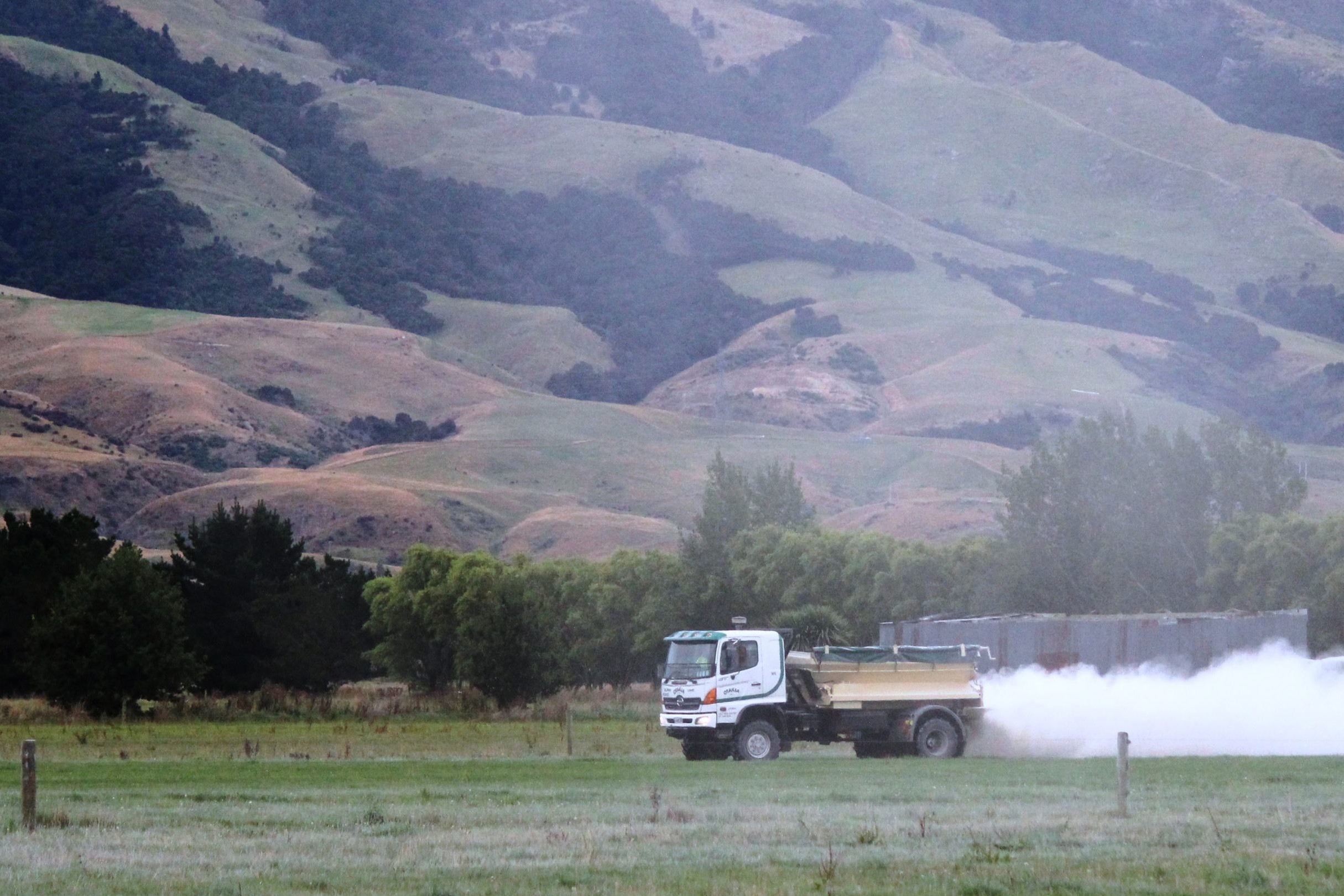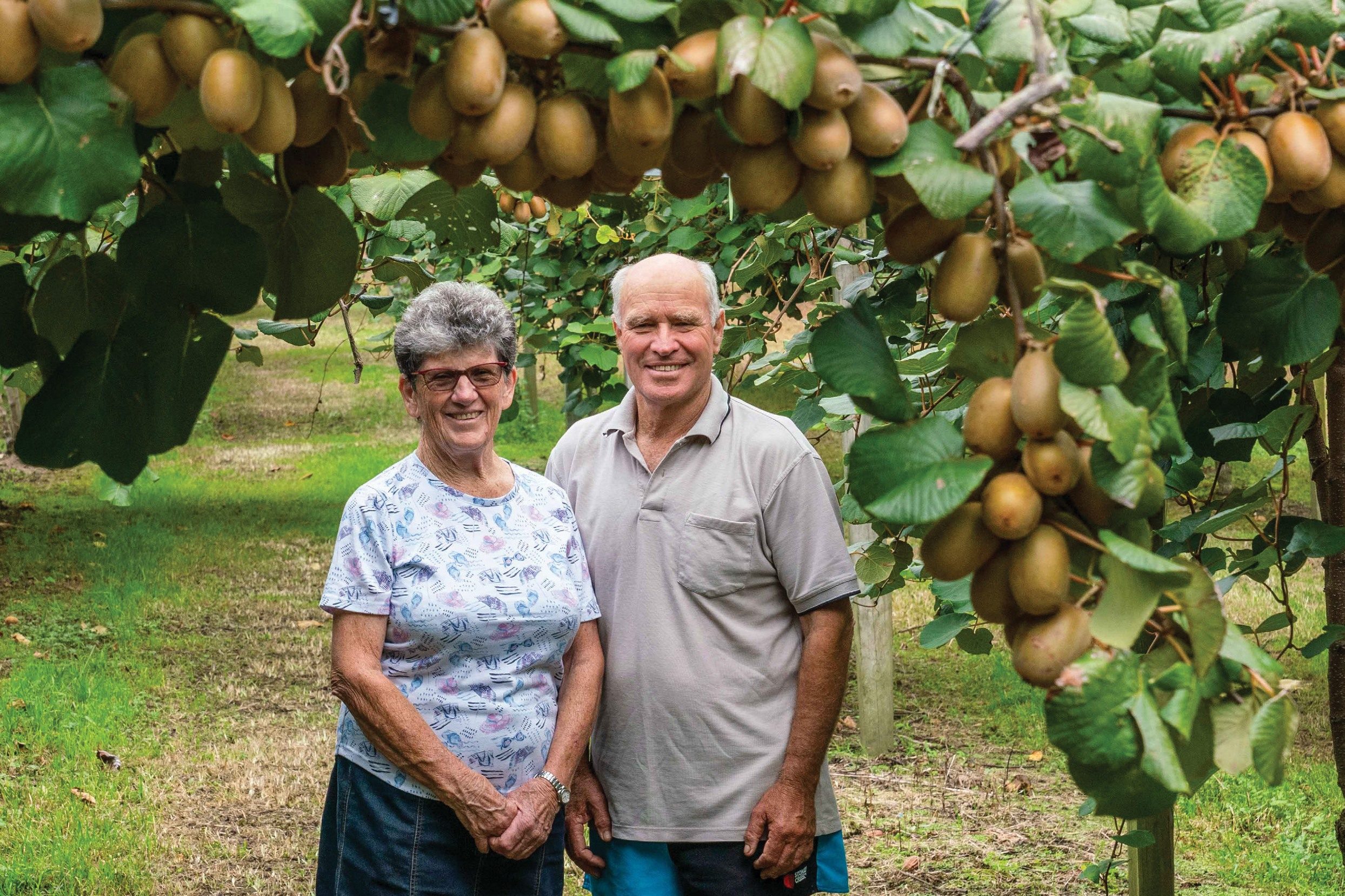As NZ Dairy Exporter counts down to its centenary in 2025, we look back at the issues of earlier decades. 50 Years Ago – March 1970.
February 1970 – Board Chairman on Wainui dispute
“Perishable dairy produce consigned to export markets and worth $700,000 still remains in the holds of the Union Steamship Co’s freighter, Wainui.
“The longer it stays there and the longer the dispute continues, the greater the damage to the reputation overseas of the New Zealand Dairy Board and New Zealand generally,” said the Dairy Board Chairman Mr F. L. Onion, in a press statement released on February 25.
“The dispute is approaching its fifth month and this cargo of 3123 tons of dairy produce – milk powders, butter, cheese and anhydrous milk fat for Malaysia and Singapore, milk powders for India, Ceylon and Pakistan – still cannot be delivered to these destinations,” said Mr Onion.
“It is regrettable that any phase of the work of the Dairy Board and other New Zealand exporters in servicing hard won markets and developing badly needed new outlets for our products is prejudiced by industrial troubles in our own country.”
Simple farm record keeping could prevent disease spread
Foot and Mouth disease has never hit New Zealand yet but if it ever got a grip in this country it could mean disaster to the economy.
There is one simple measure that every farmer can take now that will help control an outbreak if it ever occurred.
It is simple record keeping of stock movements: something that in itself is an aid to farm management, but which would be vital in the event of an exotic disease threatening our farming.
The actual record need not be elaborate: just an exercise book ruled off into columns giving the date, number and description of the stock, their source, or destination.
New British “roundabout” cuts time
Cows now “take a trip” on the 13-point rotary tandem milking machine owned by Mr Derek Powell, who farms 600 acres in Devon, south-west England. Mr Powell is the first dairy farmer in Britain to own this kind of automatic roundabout parlour and is milking at the rate of 120 Friesians an hour – halving the time previously taken.
Outside the building that houses the new unit, Mr Powell has a circular, 42-foot diameter collecting yard with a swinging drafting gate hinged centrally in order to crowd cows towards the entrance passage to the parlour.
As they pass along this passage the cows break an electronic beam which causes washing water to be sprayed at udder height to prepare them for milking.
They then step on to the moving platform to receive a pre-set concentrate ration delivered from a 4-inch auger – operated by a float switch to keep the hopper topped up.
The operator places the cups on at this stage and the cows munch away in their 7ft, 9in by 3ft, 1in stalls as they are moved on the roundabout.
Two stalls from the end of the circuit, automation helps to remove the cluster, which is passed through a wash trough ready for the next customer.
Extension of relief
The Government this month extended the standard measures of drought assistance by approving a transport subsidy on grain straw purchased for emergency feed.
“The widespread nature of the present drought means we must consider varied measures of assistance,” said the Minster of Agriculture, the Hon. D. J. Carter, commenting on the extension.
“In some districts barley straw is available for fodder,” he said.
“Government has accordingly expanded the freight subsidy to apply to grain straw.”
New milking plants stainless steel a “must” from August
From August 1, 1970, all new installations on farms of milking machines and other milking shed equipment of which the surface comes into contact with milk will require to be in stainless steel or its equivalent.
Major extensions to or partial replacements of existing plants, which have been maintained in good order, but are constructed of tinned copper or tinned brass should also preferably be carried out in stainless steel.
Thanks to the Hocken Library, Dunedin.





